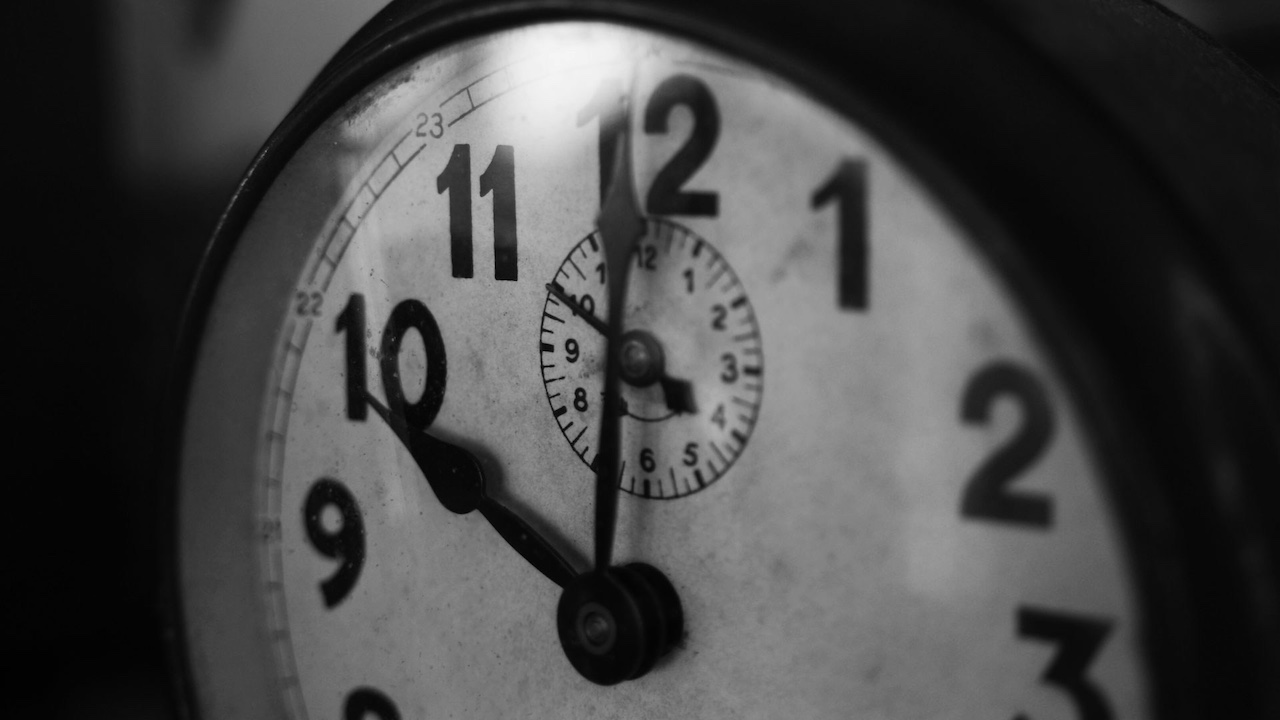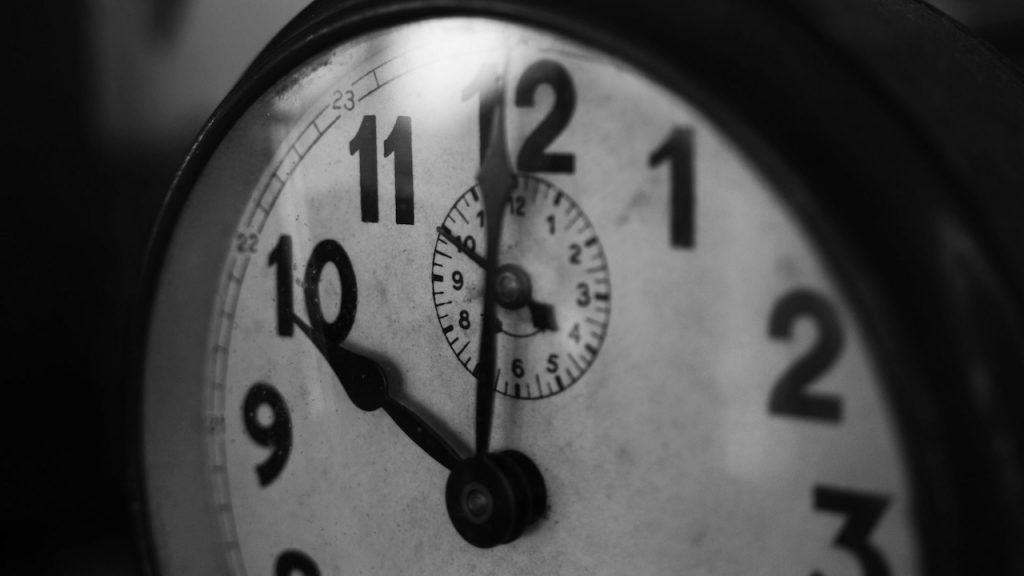Cancer, Samatha, and the Art of Stopping
Faced with a terminal illness, a practitioner and working mother imparts a lesson on how to rest with intention. The post Cancer, Samatha, and the Art of Stopping appeared first on Tricycle: The Buddhist Review.

Faced with a terminal illness, a practitioner and working mother imparts a lesson on how to rest with intention.
By Cat Shteynberg Jul 22, 2025 Photo by Tristan Colangelo
Photo by Tristan ColangeloOne of the biggest things I notice about life with cancer is how it warps my sense of time. I have incurable brain cancer and have no idea how long I will live. Time often feels like a rickety bridge, crumbling behind me.
Chemo and other treatments warp time in a different, more acute, manner. Each month during chemo, I move at a snail’s pace for five nights and six days, carefully timing out fasting and taking a plethora of meds. It is a week of withdrawal: no socializing, lots of nausea, little energy, and many hours in bed.
In this strange slowness, I think a lot about time—how we waste it, hoard it, attempt to speed it up, and sometimes, if we’re lucky, luxuriate in it.
Let me be honest: I am very bad at resting. When I lie down, even while sick or during treatment, I often feel guilty. This resistance to rest first showed up after I gave birth to my son. Since then, I’ve often found it nearly impossible to simply be. I multitask. I optimize. I perform care. I prove usefulness. I don’t stop—until recently, when radiation and chemo have forced me to.
The other day, under the covers and nauseated, I stopped to watch the movie Eat Pray Love. In it, some Italians teach the protagonist a phrase as they enjoy a meal together: dolce far niente—the sweetness of doing nothing. They make fun of Americans for their compulsion to work. And they’re right.
Buddhist practice reminds us that even everyday tasks can be a part of our mindfulness practice.
Ours is a culture that values nothing less than rest. And yet, in sickness, rest is required. Not optional. Not a luxury. A necessity. So how do we learn to stop—and to feel OK doing it?
Many cultures have a language for this art. The Dutch niksen, the Jewish Sabbath, the Chinese Taoist concept of wu-wei—nondoing. Niksen, in particular, resonates with me: rest without guilt. Intentional idleness. It feels radical.
I think about rest constantly as a mother with cancer. How do I model care if I’m not always doing? How do I stop working at my job when my coworkers are pulling my weight and more? How do I allow myself to be helped? These are not abstract questions. They press on the edges of identity, self-worth, and love.
In Buddhism, stopping is related to the practice of samatha. In Peace Is Every Step: The Path of Mindfulness in Everyday Life, Thich Nhat Hanh (Thay) writes:
“[Stopping] is crucial in the Buddhist tradition. If we are unable to stop, unable to rest we can’t achieve much. The practice of stopping is called samatha . . . The habit of running is strong in us in both our body and our mind. We may have inherited it from our parents, our grandparents. Perhaps they did not know how to stop. So, we must have awareness and a strong will to stop running––to allow our minds and bodies to relax.”
Buddhist practice reminds us that even everyday tasks can be a part of our mindfulness practice. In the recent past, as a full-time working mom, I would have slammed dishes in and out of the dishwasher at 5:15 p.m. to get dinner on the table by 6:00. But tonight, I emptied the dishes slowly and thoughtfully, taking pleasure in the fact that I had “nowhere to go, nothing to do,” as Linji Yixuan, founder of the Chan school that would become Rinzai Zen in Japan, famously said—and that I felt well enough to do a household task.
A teacher recently gave a meditation based on samatha and one of Thay’s dharma talks. She described how animals, when wounded, know the art of stopping. They find a quiet place to lie down. They don’t chase. They don’t perform. They trust their body’s capacity to heal.
I thought immediately of a mule deer fawn my family saw last summer in Yellowstone National Park. She was lying beside the road. At first we worried that she was dead but then realized that she was breathing slowly. Resting in the open. Wounded, but not dead. Just quiet.
This is what I’m trying to learn: to rest with intention, to stop running, to let go of doing. Not to surrender to despair but to allow healing to happen in the pause. Not to retreat from life but to be fully in it—without striving.
Today, I’m not doing nothing. I’m writing this. But I’m trying to hold close the permission that the concepts of niksen and samatha not only give me but also urge me toward: to just stop and be, finding refuge in my rest, and trusting my body’s capacity to handle treatment while not striving for any particular outcome, without worrying about what the next day might hold.
![]()
Thank you for subscribing to Tricycle! As a nonprofit, we depend on readers like you to keep Buddhist teachings and practices widely available.
This article is only for Subscribers!
Subscribe now to read this article and get immediate access to everything else.
Already a subscriber? Log in.

 Astrong
Astrong 
































